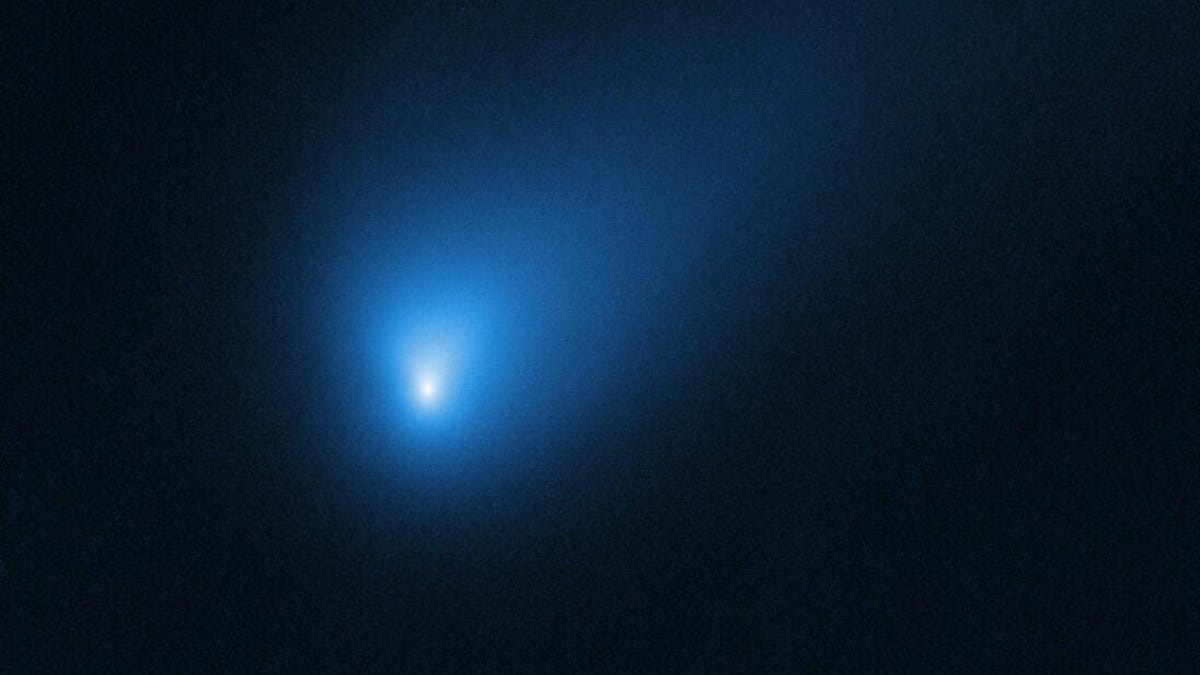Hubble snaps haunting portrait of interstellar comet Borisov
"No one knows where it came from," said NASA.
The second known interstellar visitor to our solar system is coming into focus.
NASA and ESA's Hubble Space Telescope captured the sharpest image yet of comet 2I/Borisov, a mysterious stranger that has wandered our way from the great beyond. The view shows fluffy-looking dust surrounding the comet's icy core.
"No one knows where it came from. No one knows how long it has been drifting through the empty, cold abyss of interstellar space," NASA said in a Hubble release on Wednesday.
Crimean amateur astronomer Gennady Borisov discovered the comet on Aug. 30 and it was later named in his honor. This is the second confirmed interstellar object since oddball Oumuamua briefly showed up in 2017.
"Whereas Oumuamua appeared to be a rock, Borisov is really active, more like a normal comet. It's a puzzle why these two are so different," said David Jewitt, Hubble team lead for the comet observation.
We've learned a lot about Borisov since we first noticed it. It has a toxic comet tail and is zipping along at a peppy speed of 110,000 mph (177,000 km/h). It appears to look and behave like a regular comet despite its exotic origin.
Hubble will be keeping an eye on Borisov. Scientists have already planned telescope observations through January 2020 so we can learn more what this distant visitor has to tell us about the world outside our solar system.
Don't get too attached. We will have to bid Borisov farewell in mid-2020 when it heads out of our solar system to continue its adventures across the universe.


